To understand what’s wrong with the American left and the Democratic party – two different but entwined things, to be sure – look to Vladimir Ilyich Lenin. Look also to the work of the historian Sean McMeekin, including his latest book, To Overthrow the World: The Rise and Fall and Rise of Communism. Earlier this spring I emceed an event in McMeekin’s honor, as he received the award for “Conservative Book of the Year” from the Intercollegiate Studies Institute. It gave me the opportunity to chat with him about Lenin’s doctrine of “revolutionary defeatism” and much else, including the fairy tale the West tells itself about how communism ended.
Of course, it didn’t end: the Soviet Union collapsed, but most people who were living under communism when the USSR dissolved in 1991 were still living under communism a year later, and they or their descendants live under it now. China, not the Soviet Union, was the population center of the communist world, and far from following the Soviets into oblivion, China’s Communist party remains securely in power. Now it’s the West that wonders whether its system of liberalism and democracy is breaking down.
McMeekin contends communist regimes are always and everywhere a product of force. Violence brings them to power and sustains them once they have it. The Chinese Communists remained willing and able to use appalling brutality to put down challenges such as the Tiananmen Square protests in 1989. The Soviets and their thralls in the communist states of Eastern Europe had not renounced their thuggish ways – but were desperate for western economic aid, in pursuit of which they would negotiate almost anything. The story western liberals tell themselves may be the opposite of the truth. It wasn’t Chinese economic liberalization and its attendant prosperity that allowed Beijing’s Communists to prolong their rule. It was the fact the Chinese regime always prioritized power over economics.
What’s significant for the Democratic party and what passes for the American left today, however, is not what keeps communism going, but what gets it started. McMeekin highlights the significance of war in this regard. Lenin preached and practiced a doctrine of “revolutionary defeatism.” Unlike liberals and many left-wing movements, Bolsheviks should not be antiwar. To bring about a revolution they need their country to go to war – and lose. Defeat will discredit the ancien régime, and the Army will become a fertile field for radicalism. Decommissioned soldiers should be allowed to keep their weapons so they can turn their guns against the leaders who betrayed them.
World War One supplied Lenin’s archetype, but McMeekin calls attention to the wars and defeats that set the stage for communist revolutions in places other than Russia, too, including China and Vietnam. But then, what about the United States?
The Democratic party and the American left are hardly Leninist. In conversation, McMeekin notes that the vandalizing of Teslas and other violent left-wing acts nowadays are not comparable to what the Bolsheviks were prepared to do, and leftist students generally are not reading Lenin. (Even if they adorn their Macbooks with hammer-and-sickle stickers.) Communism as an ideology isn’t making a comeback in the West, though McMeekin warns that Chinese statism does inspire western imitation, from Covid lockdowns to far-reaching social-media censorship. Yet reflecting on the historian’s work suggests other ways Lenin’s logic may be operating in America.
The modern Democratic party is a product of the Vietnam era, when there was indeed a certain amount of revolutionary defeatism on the hard left. Some young activists who bedeviled the 1968 Democratic convention did want the United States to lose in Vietnam, precisely to bring about revolutionary change at home. The Cold War liberals who represented the party’s old guard and mainstream, on the other hand, were in their own unwitting way better Leninists than the youthful radical – after all, Democrats such as Lyndon Johnson were responsible for getting America mired in that morale-sapping conflict.
Today’s Democratic party has the cultural attitudes of the Vietnam-era left – though in many respects radicalized even further – and a foreign policy reminiscent of Cold-War liberalism but actually more hawkish, with a commitment to humanitarian wars as well as involvement in conflicts to uphold the “liberal international order.” This mix of revolutionary hatred of the old regime and enthusiasm for wars coupled with the inability to win them, is a formula for revolution. It’s Lenin’s formula.
Republicans have, until recently, subscribed to much the same rules, and whether Donald Trump will be able to keep the US from getting dragged deeper into conflict with Russia and out of another war in the Middle East remains to be seen. It’s funny, in a grim way, to note the neoconservatives, the GOP faction most eager for foreign conflicts, have historical connections to Cold-War liberalism and to one of Lenin’s revolutionary heirs: many a neocon godfather began as an admirer of Leon Trotsky.
The endless wars launched by George W. Bush did indeed create revolutionary conditions in America, especially among the working class (Lenin would say “proletariat”). Only the beneficiary of the political ancien régime’s collapse was not the left but the right. Democrats and the left persist in calling Trump a fascist, but his aversion to getting into the kinds of conflicts that fascists, Nazis and Bolsheviks all want marks him as the opposite of a revolutionary. It’s his opponents – the Democrats, the left, and the neocons – who are pushing America toward fulfilling Lenin’s vision of regime change through war and defeat.
This article was originally published in The Spectator’s May 2025 World edition.



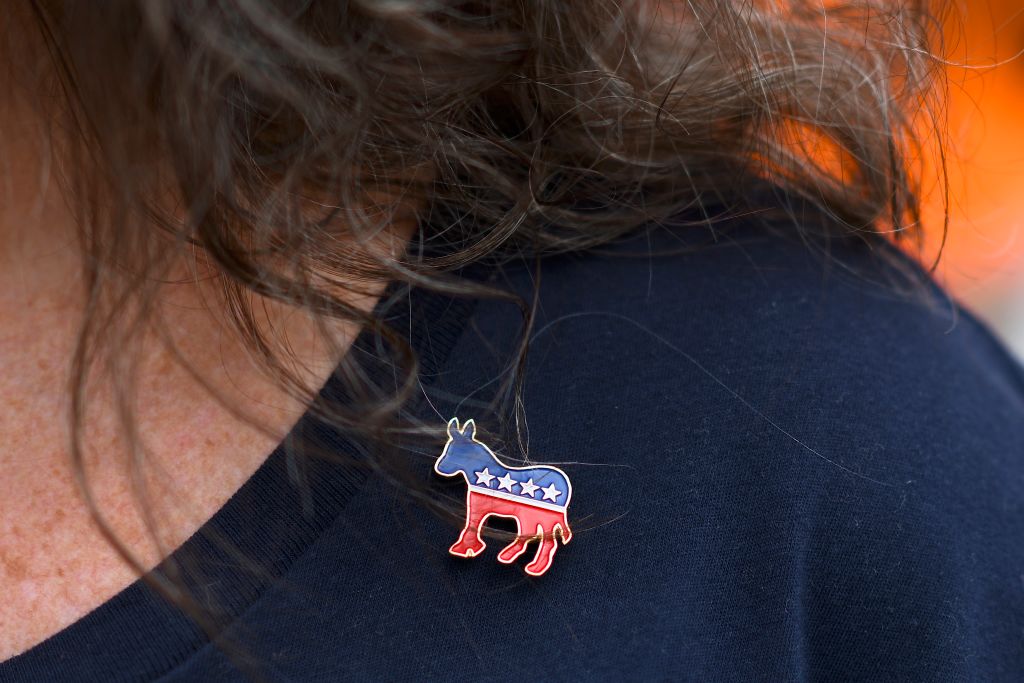








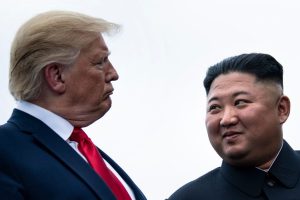
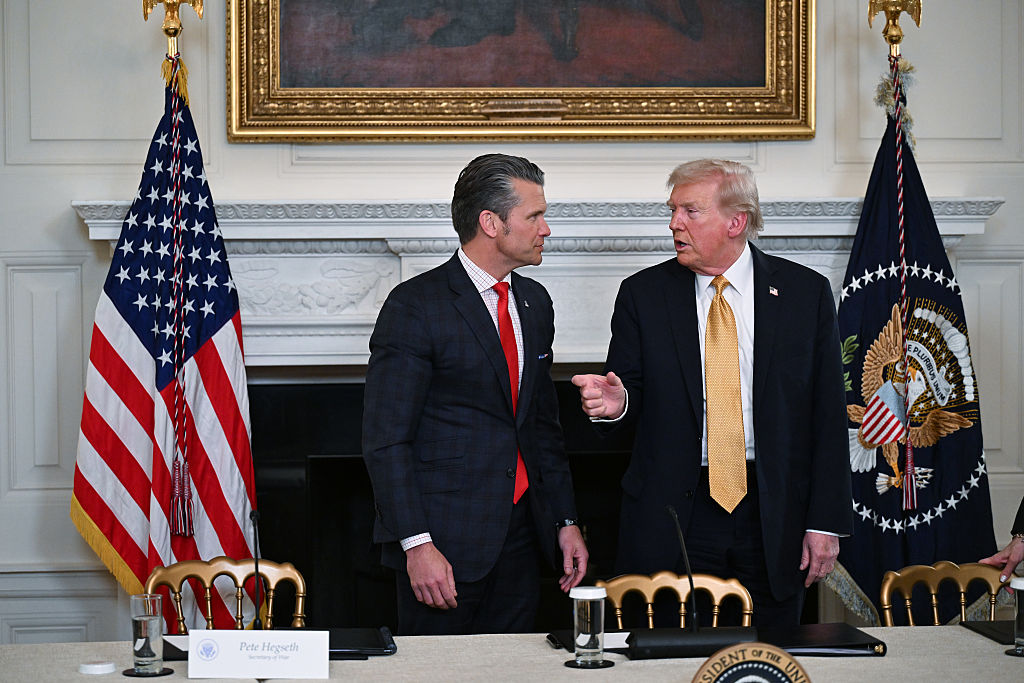
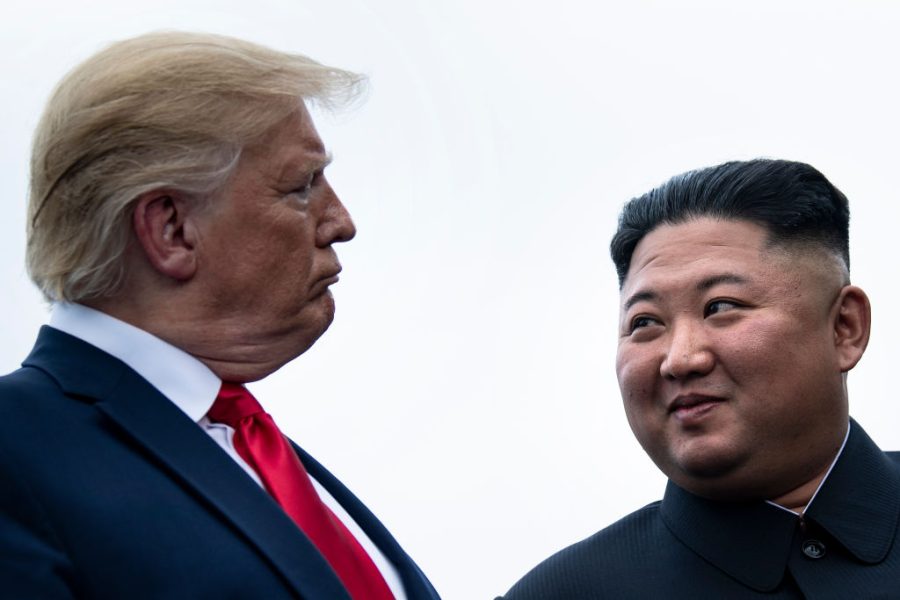

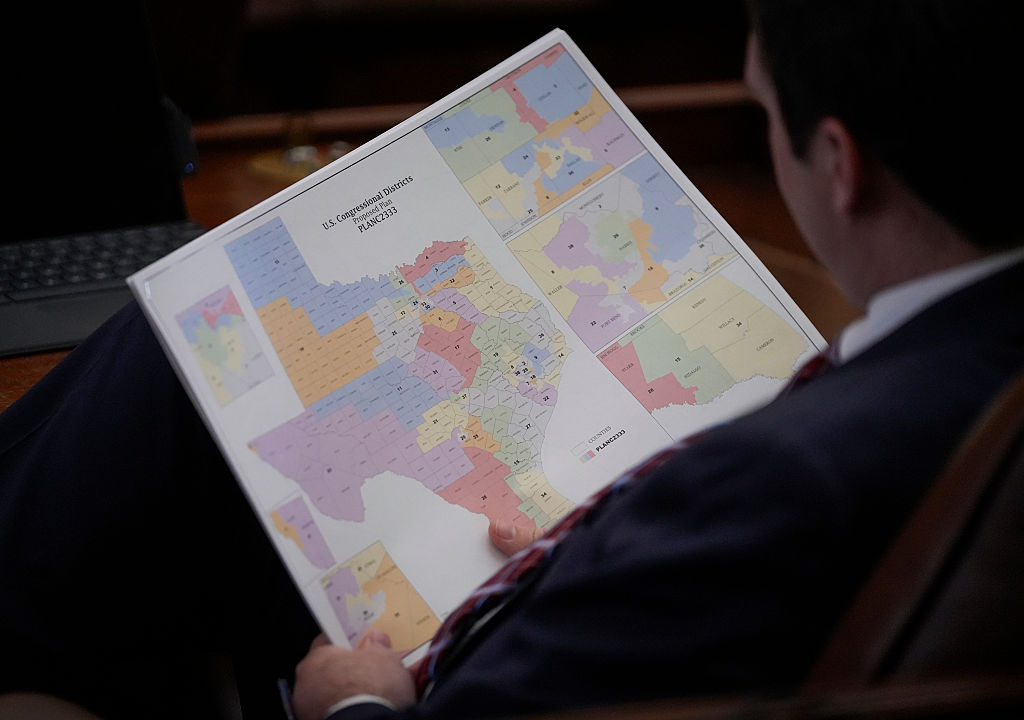



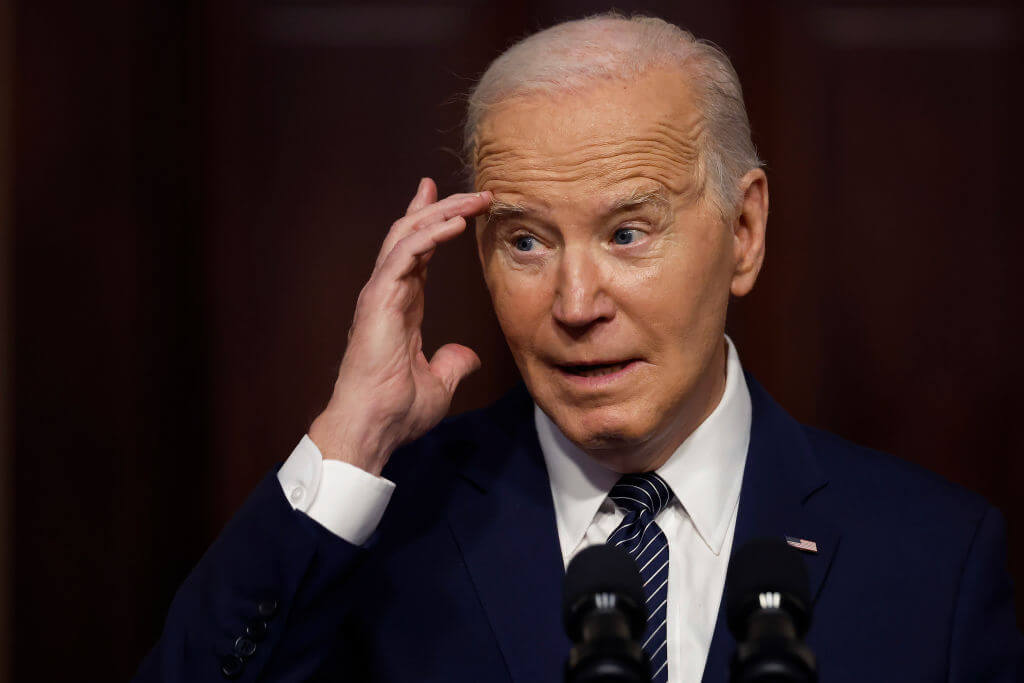



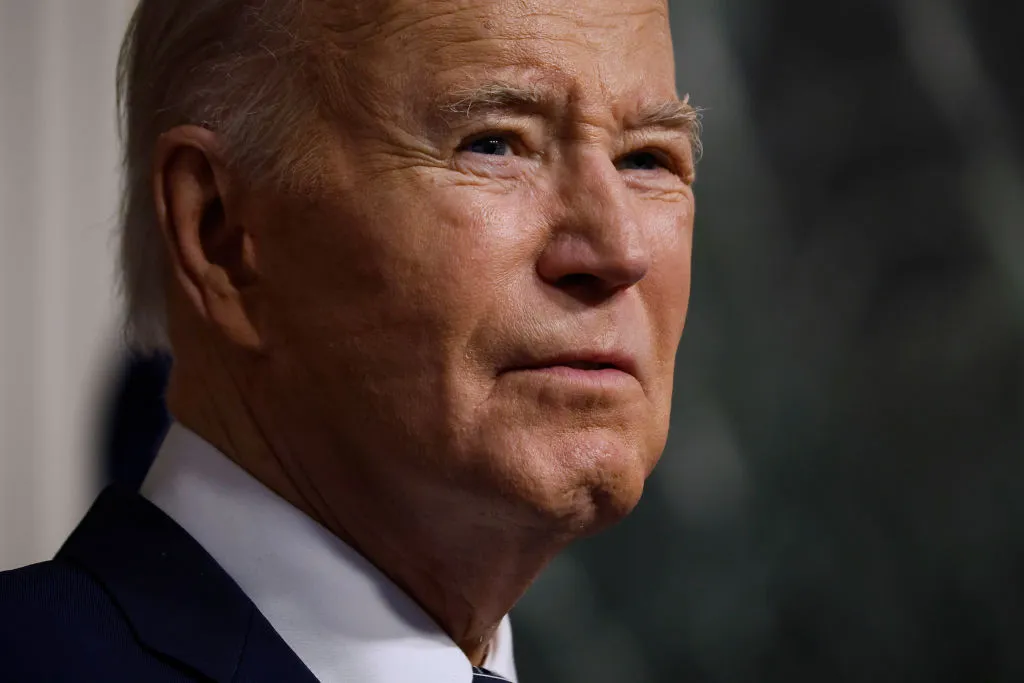

Leave a Reply